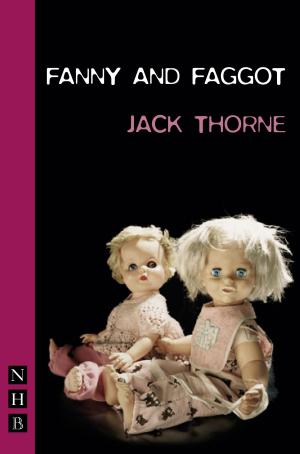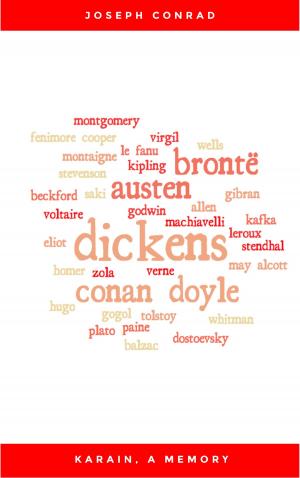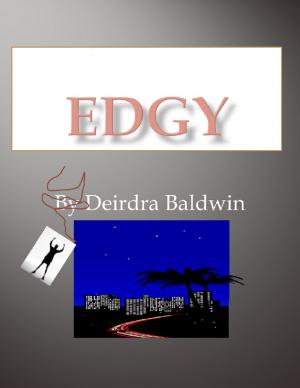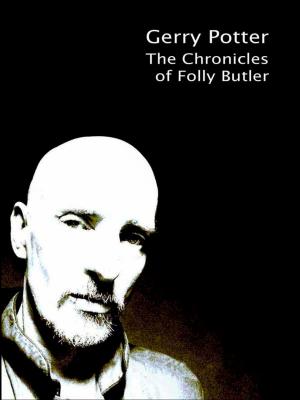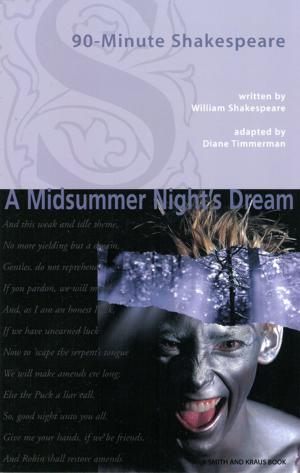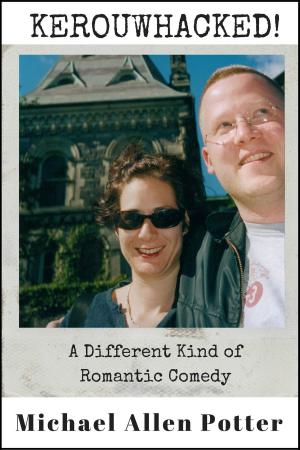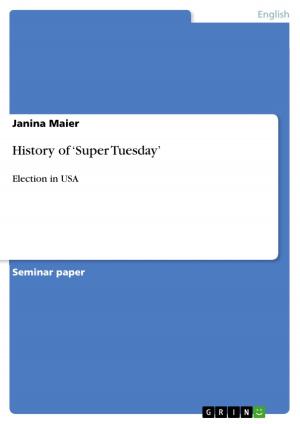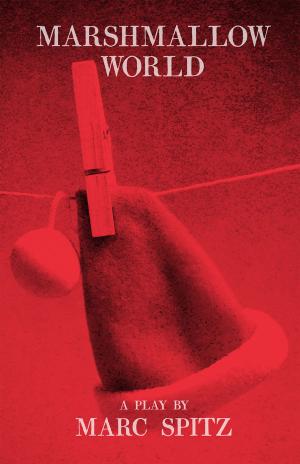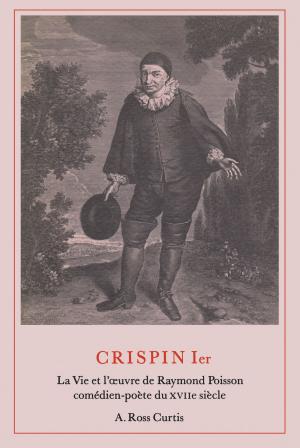| Author: | Hellie Turner | ISBN: | 9780987567086 |
| Publisher: | Black Swan Press, Curtin University | Publication: | November 11, 2015 |
| Imprint: | BookBaby | Language: | English |
| Author: | Hellie Turner |
| ISBN: | 9780987567086 |
| Publisher: | Black Swan Press, Curtin University |
| Publication: | November 11, 2015 |
| Imprint: | BookBaby |
| Language: | English |
The theatre script MAD FRED was written by veteran Western Australian playwright Hellie Turner and staged at Curtin University in 2013. The playwright’s intent when developing MAD FRED was to provide a well-researched ‘popularist’ (therefore palatable) means of exposing this historical figure to a more general contemporary populace—at the same time serving as an accessible reminder of a rather colorful phase in our social history. The central character of the script is the enigmatic real life conman, bigamist and serial murderer Frederick Bailey Deeming. In 1892 Deeming was convicted of the grisly murder of his young wife. During his extradition from the tiny mining town of Southern Cross in Western Australia to Melbourne when he was tried, it was discovered that he had also disposed of his former wife and children using equally sordid methods. Using a ‘play-within-a-play’ MAD FRED follows the ill-fated trajectory of the Deeming trial, flashing back to relevant moments in his predictable journey towards the gallows. As he did in real life, Deeming vacillates between extroverted shenanigans, moments of resolute mal-intent and indications of severe insanity. Further considerations of the play hinge on the revelations of the trial which predicate the ‘mad’ or ‘bad’ debate, a deliberation which inexorably pervades the trials of serial killers. The play is scaffolded by the court transcripts, newspaper articles of the time, and details gleaned from further biographical texts dedicated to the excavation of Deeming’s extra-ordinary life and ultimate death at the hands of the colonial judicial system. The playwright’s use of lyrical language and song alleviates the serious, potentially ‘dry’ nature of the research material. The development of songs to pertinently support the dramatic machinations and characterizations of the play, and to bring to mind the vibrancy of the era, required significant collaborative exploration of vaudevillian and burlesque music by Hellie Turner and Ash Gibson Greig, the composer for the 2013 performance at the Perth Cultural Centre, Western Australia. Australia was still a relatively young and developing nation at the end of the 1800s. The setting of MAD FRED in urban Melbourne, where the odious act was perpetrated, illustrates the depressed conditions in Australian cities. It demonstrates both the effect of this on, and the chasm between, the working-class and upper-class echelons of society during the closing years of the 19th century. That Deeming could thrive for as long as he did in his errant ways can only be attributed to the social constructs of period and place. The abundance of research-based characters ascribed within the script, provides a dramatic conduit for the physical, emotional and psychological manifestations of a very specific time in Australia’s past. The heinous acts and consequent trial and hanging of Frederick Bailey Deeming are a long forgotten event in Australian history. While a handful of researchers have written books exploring the man and outlining the events, he remains none-the-less an invisible entity to the majority of Australian people. This villain was purportedly no less charismatic than the celebrated bushranger Ned Kelly, yet the latter has passed into Australian folklore while Deeming remains an often overlooked minor exhibition in most Australian museums. Historically, our heroes and scoundrels speak volumes about the nation in which we live. Hopefully, the literary endeavor of Mad Fred will go some way towards bringing this particular rogue further scrutiny. A play written by Alfred Dampier, WILFUL MURDER, opened at the time of the trial, and was staged in Melbourne in 1892. A play (non-musical) based on the same subject was written in 2012 by Frank Gauntlett. It has been performed on the east coast of Australia, but has not been published.
The theatre script MAD FRED was written by veteran Western Australian playwright Hellie Turner and staged at Curtin University in 2013. The playwright’s intent when developing MAD FRED was to provide a well-researched ‘popularist’ (therefore palatable) means of exposing this historical figure to a more general contemporary populace—at the same time serving as an accessible reminder of a rather colorful phase in our social history. The central character of the script is the enigmatic real life conman, bigamist and serial murderer Frederick Bailey Deeming. In 1892 Deeming was convicted of the grisly murder of his young wife. During his extradition from the tiny mining town of Southern Cross in Western Australia to Melbourne when he was tried, it was discovered that he had also disposed of his former wife and children using equally sordid methods. Using a ‘play-within-a-play’ MAD FRED follows the ill-fated trajectory of the Deeming trial, flashing back to relevant moments in his predictable journey towards the gallows. As he did in real life, Deeming vacillates between extroverted shenanigans, moments of resolute mal-intent and indications of severe insanity. Further considerations of the play hinge on the revelations of the trial which predicate the ‘mad’ or ‘bad’ debate, a deliberation which inexorably pervades the trials of serial killers. The play is scaffolded by the court transcripts, newspaper articles of the time, and details gleaned from further biographical texts dedicated to the excavation of Deeming’s extra-ordinary life and ultimate death at the hands of the colonial judicial system. The playwright’s use of lyrical language and song alleviates the serious, potentially ‘dry’ nature of the research material. The development of songs to pertinently support the dramatic machinations and characterizations of the play, and to bring to mind the vibrancy of the era, required significant collaborative exploration of vaudevillian and burlesque music by Hellie Turner and Ash Gibson Greig, the composer for the 2013 performance at the Perth Cultural Centre, Western Australia. Australia was still a relatively young and developing nation at the end of the 1800s. The setting of MAD FRED in urban Melbourne, where the odious act was perpetrated, illustrates the depressed conditions in Australian cities. It demonstrates both the effect of this on, and the chasm between, the working-class and upper-class echelons of society during the closing years of the 19th century. That Deeming could thrive for as long as he did in his errant ways can only be attributed to the social constructs of period and place. The abundance of research-based characters ascribed within the script, provides a dramatic conduit for the physical, emotional and psychological manifestations of a very specific time in Australia’s past. The heinous acts and consequent trial and hanging of Frederick Bailey Deeming are a long forgotten event in Australian history. While a handful of researchers have written books exploring the man and outlining the events, he remains none-the-less an invisible entity to the majority of Australian people. This villain was purportedly no less charismatic than the celebrated bushranger Ned Kelly, yet the latter has passed into Australian folklore while Deeming remains an often overlooked minor exhibition in most Australian museums. Historically, our heroes and scoundrels speak volumes about the nation in which we live. Hopefully, the literary endeavor of Mad Fred will go some way towards bringing this particular rogue further scrutiny. A play written by Alfred Dampier, WILFUL MURDER, opened at the time of the trial, and was staged in Melbourne in 1892. A play (non-musical) based on the same subject was written in 2012 by Frank Gauntlett. It has been performed on the east coast of Australia, but has not been published.




